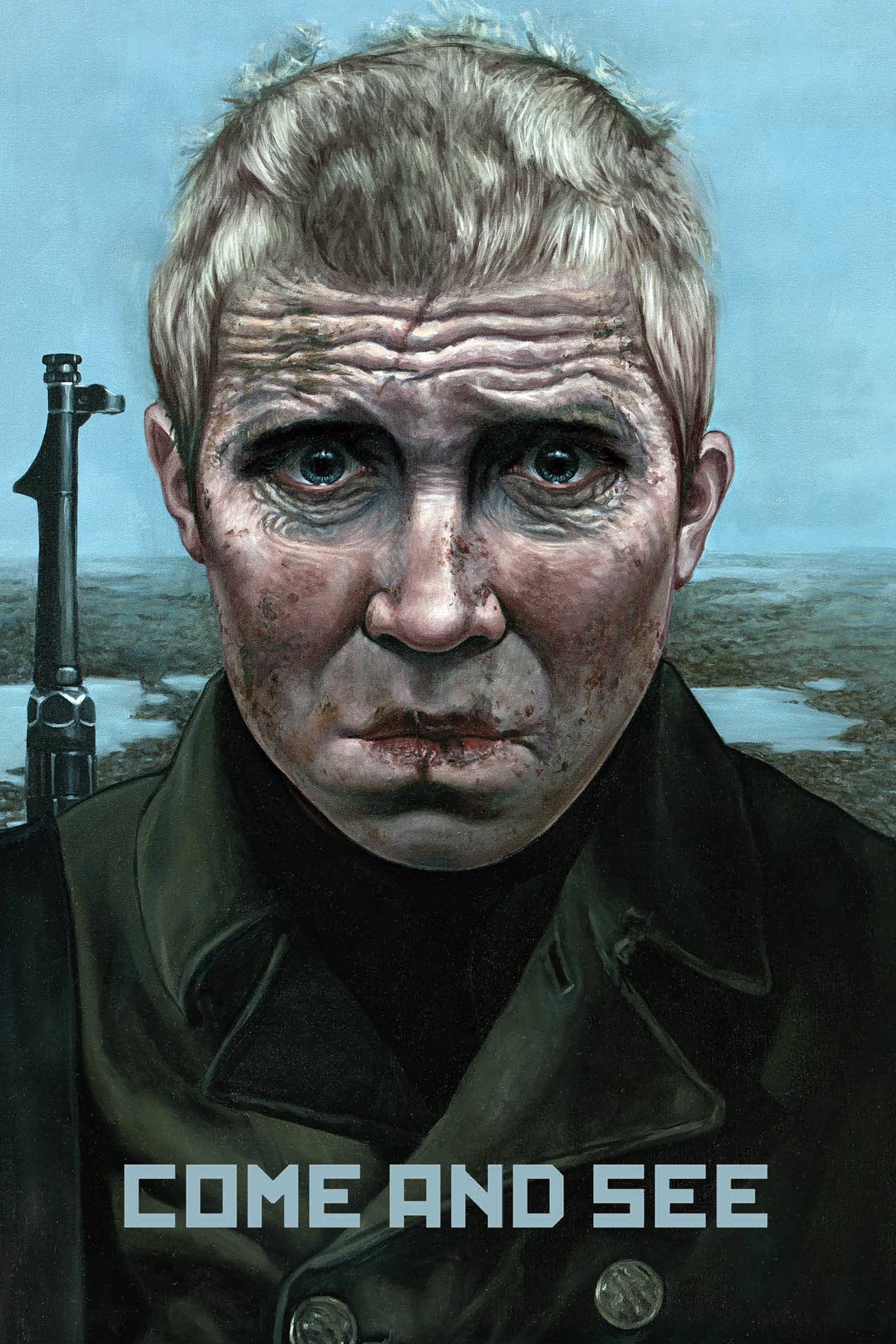
Come and See
1985
Rate this movie
Average: 0.00 / 5
(0 votes)
Director
A terrible document about the devastations and atrocities committed by the Nazi army in the Russian campaign of 1943. And, what is most disconcerting and fascinating, at the same time a work of absolute aesthetic importance, in fact unanimously considered one of the most beautiful war films ever made. Its beauty is not conciliatory, but a punch to the gut, a lacerating beauty rooted in brutal, almost documentary-like realism, yet elevated to heights of dreamlike expressionism that leave their mark on the viewer's soul, transforming the viewing experience into an extreme sensory and psychological one.
Based on a war story by Ales Adamovich and reimagined into a suggestive introspective register by Elem Klimov, it narrates the events of a sixteen-year-old Belarusian, overwhelmed by the German invasion and the vortex of horror the invaders leave behind. Klimov's creative journey to make this film was tormented and spanned twenty years, hindered by Soviet censorship, which feared its rawness and non-rhetorical depiction of heroism. Only the advent of glasnost finally allowed this radical vision to see the light of day.
It is singular how Klimov, after what is considered his masterpiece, never made another work, as if the immense creative effort poured into Come and See had emptied him: he himself would admit in more than one interview that after finishing this film, he found himself in a total expressive crisis, as if he had already said everything he had to say, exhausted from giving voice to a horror that transcended narration. It was an act of artistic sacrifice, almost a voluntary ablation of his ability to create further fiction, after confronting the rawest reality. It was not a mere interruption, but an ethical retreat from art, a refusal to trivialise, through new works, the depth of the trauma explored. A gesture of rare coherence, which elevates his last work to a definitive testament.
Thanks to the success of this work, Klimov was appointed by Gorbachev as first secretary of the Union of Cinematographers, the powerful Russian union for cinematic works, but he never set foot on a film set again.
Belarus, 1943. Sixteen-year-old Flëra Gaišun accidentally finds a rifle and decides to enlist in the partisan resistance against the German invader coming from the west. Although his mother pleads with him to stay and watch over her and his two little sisters, Flëra leaves for the front. Thus begins a tormented journey through the horrors of war: the boy joins units of civilians hastily militarized and without a real military objective. Klimov's camera here becomes an extension of Flëra's stunned eyes, framing with an almost suffocating closeness his face which, from scene to scene, transforms, grayed not by years but by the vision of the unspeakable. What begins as an adolescent's rite of passage, eager for adventure, transforms into an relentless descent into the abysses of horror, a "bildungsroman" in reverse, where formation is demolition and innocence crumbles under the weight of every atrocity. It is said that the young actor, Aleksey Kravchenko, was subjected to a controlled stress regimen, with real bullets whistling near his head, to instill in him the authentic fear necessary to convey the drama of his character.
Flëra befriends a mischievous and vivacious girl who seems to momentarily distract him from the cruelties of an immanent and total war conflict. Returning to his village after an air and artillery attack, he finds his family slaughtered, rejecting the sight of corpses piled at the edge of the village and plunging into the surrounding swamps in a futile search for them. Flëra continues to wander aimlessly within an increasingly total, increasingly surreal devastation, in Belarus, which historically was the most devastated region of World War II, a true open-air "extermination camp" where Nazi annihilation policies found their most atrocious application, with millions of civilians massacred and entire villages erased from the map.
He joins three straggling soldiers, sharing a stretch of road with them before being left alone again after their deaths. Finally, he reaches a village where for the first time he encounters the enemy in person. The Germans herd women and children into a large barn, then set it on fire, relishing the spectacle, in a horrifying sequence of death. This scene, inspired by the real massacres perpetrated by the Einsatzgruppen and the SS in Belarus, particularly that of Khatyn (to which Adamovich dedicated a book), is not merely a peak of atrociousness, but a culmination of perversion, where the act of destruction becomes a spectacle for the executioners. Klimov films the event with a chilling detachment, focusing on the psychological impact on Flëra, rather than explicit gore, leaving the full extent of the atrocity to the viewer's imagination, in an echo of Goya and his gaze upon the "Disasters of War". Flëra, shocked and disgusted, is left outside to witness that macabre spectacle, then pretends to be dead and escapes the massacre. His face, once boyish, is now marked by premature wrinkles, a mirror of a soul prematurely aged by suffering, a Dorian Gray of war, where the portrait is his own tormented skin. But thanks to a partisan brigade, he will be able to exact his bitter revenge.
A brutal and silent work, vast as the immense forests Flëra traverses, of a searing beauty. But it is a beauty that grants no respite, an aesthetic of horror that uses livid cinematography and an obsessive soundscape – the buzzing of flies, the crackle of gunshots, suppressed weeping, the rumblings of violence never fully shown but always felt – to plunge the viewer into a claustrophobic, almost tactile dimension of pain. Every scene, every gaze of the young Aleksey Kravchenko, whose performance is of a disarming mimesis, is an open wound.
Many memorable scenes strike like hammers, creating an iconography of pain: the group photo with German soldiers ridiculing corpses while holding a pistol pointed at the boy's temple; the elderly Wehrmacht officer with a chinchilla on his shoulder who cares nothing for the fate of his victims, an emblematic figure of a disinterested and grotesquely refined cruelty. Then the German army woman eating lobster in the car, contemplatively enjoying bodies and lives burning in the agony of endless pain, an emblem of a vulgar indifference that is perhaps more unsettling than overt brutality. Or the moment when Flëra, finding a portrait of Hitler, uses his crooked rifle for the first time, shooting with anger and bitterness at the face of the man who had caused so much suffering, not a gesture of triumphant revenge, but an act of cathartic and desperate rebellion against the ultimate source of that abyssal evil. And again, the German reconnaissance plane that repeatedly flies over Flëra's head announcing destruction and death in a cold and silent flight, a mute messenger of death, an almost mythological figure hovering like a bird of prey over its designated quarry. Come and See is not just a film about war, but an eternal warning about the abyss of human cruelty, a sensory experience that imprints itself indelibly on memory, a masterpiece that is not merely watched, but lived, and from which one emerges somehow changed, carrying with them the agonizing echo of screams and the unbearable weight of silence.
Main Actors
Country
Gallery
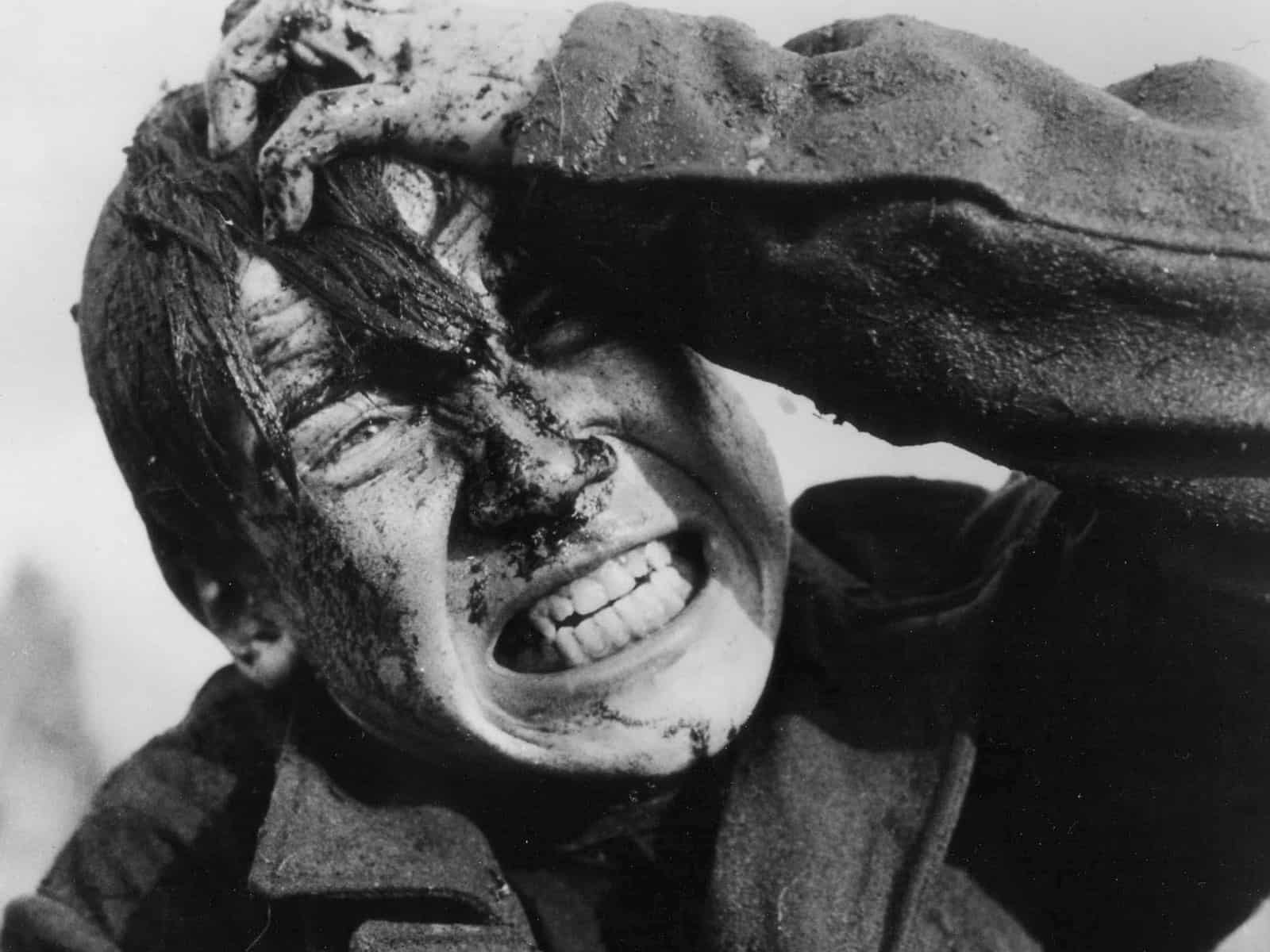
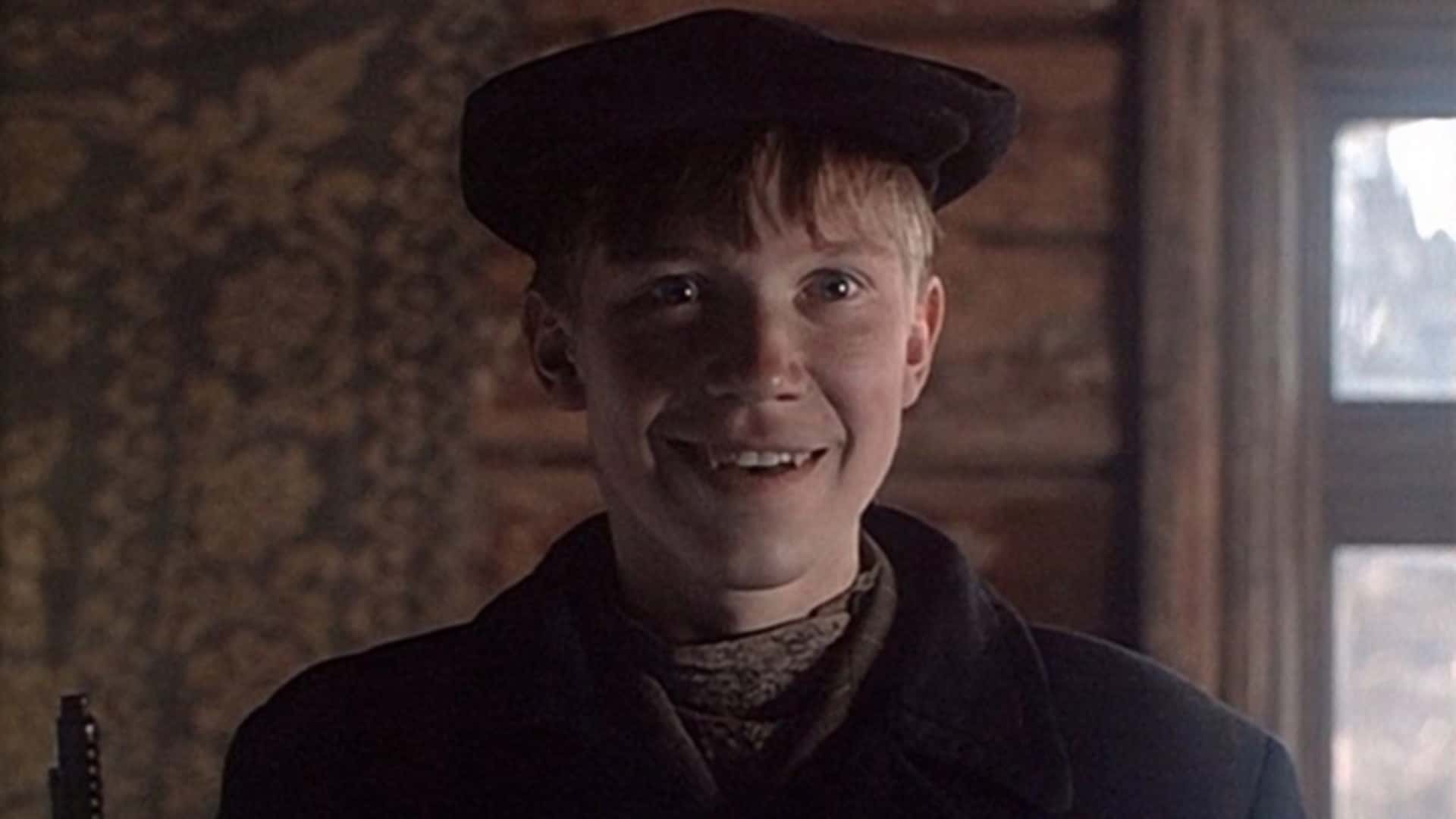
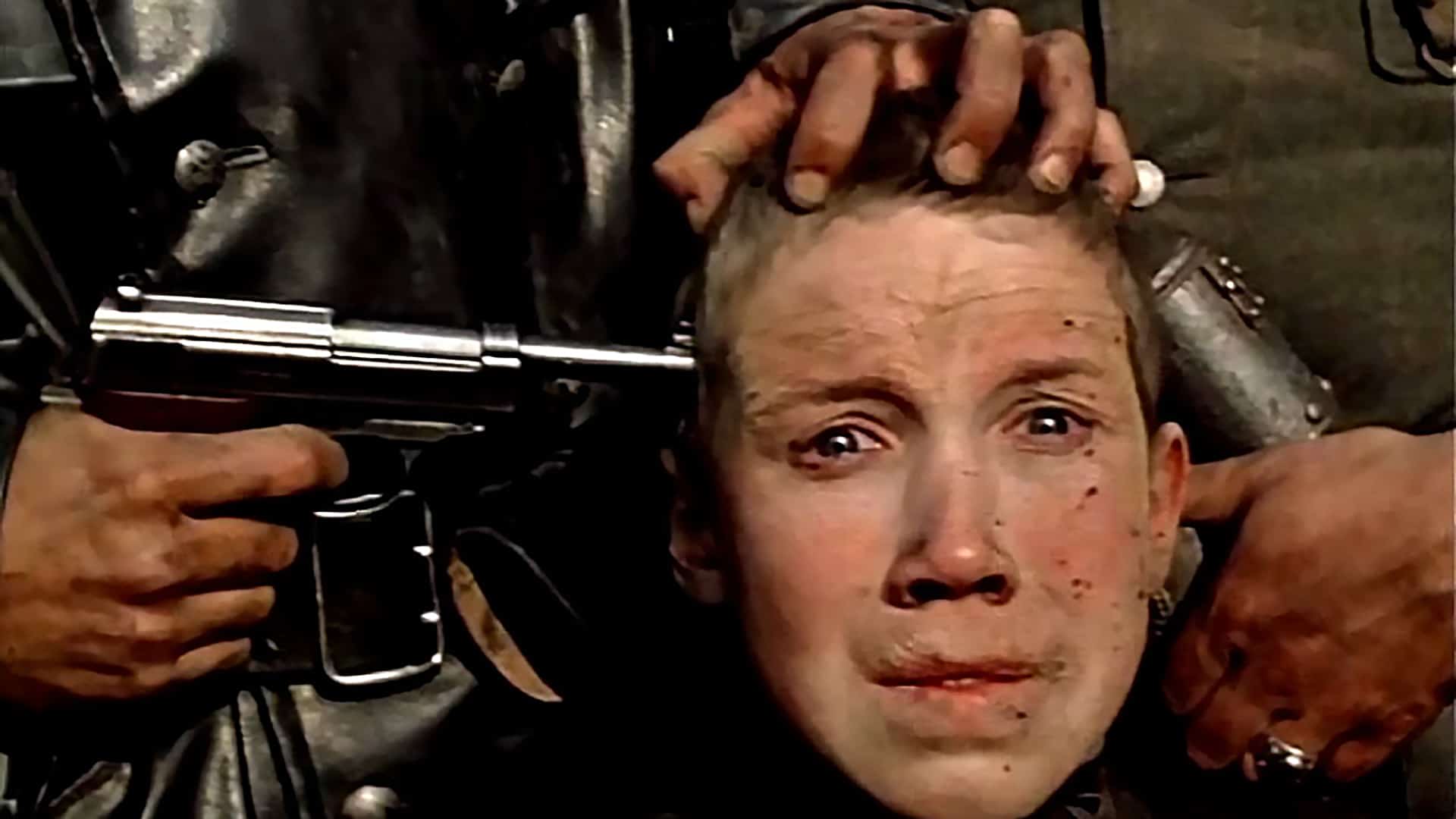



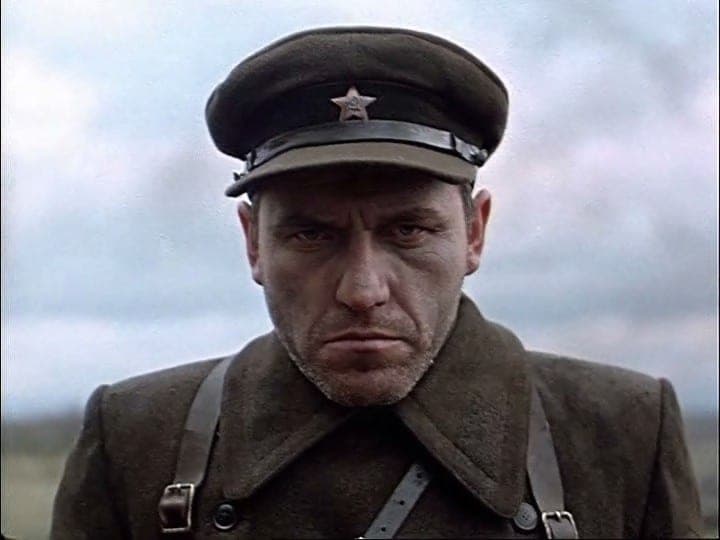
Comments
Loading comments...